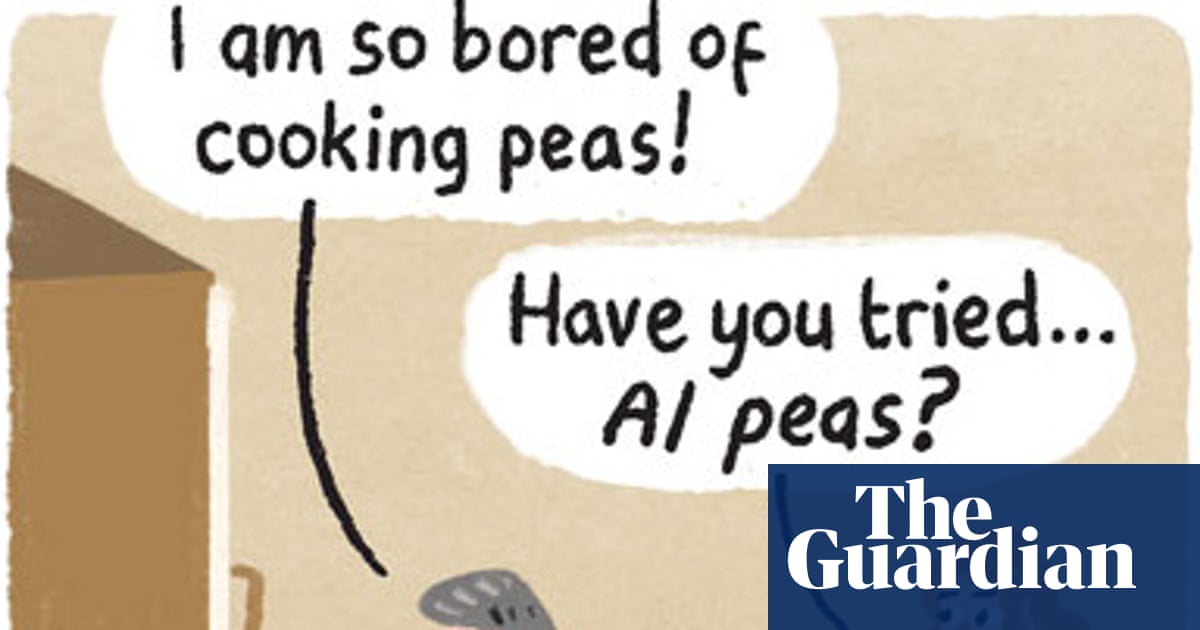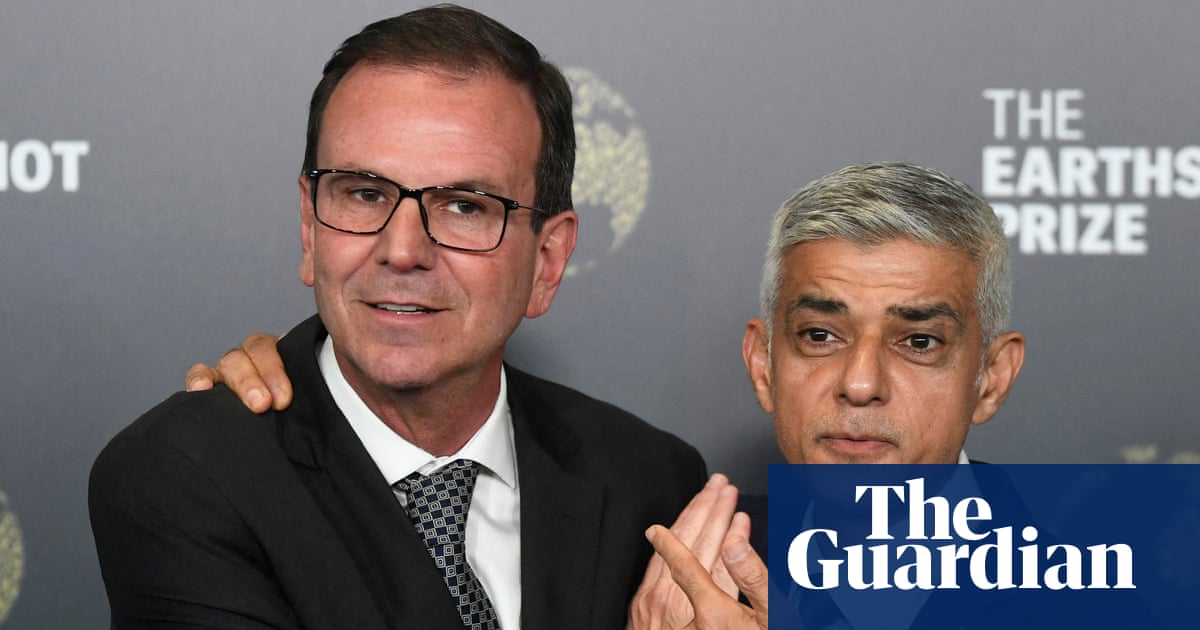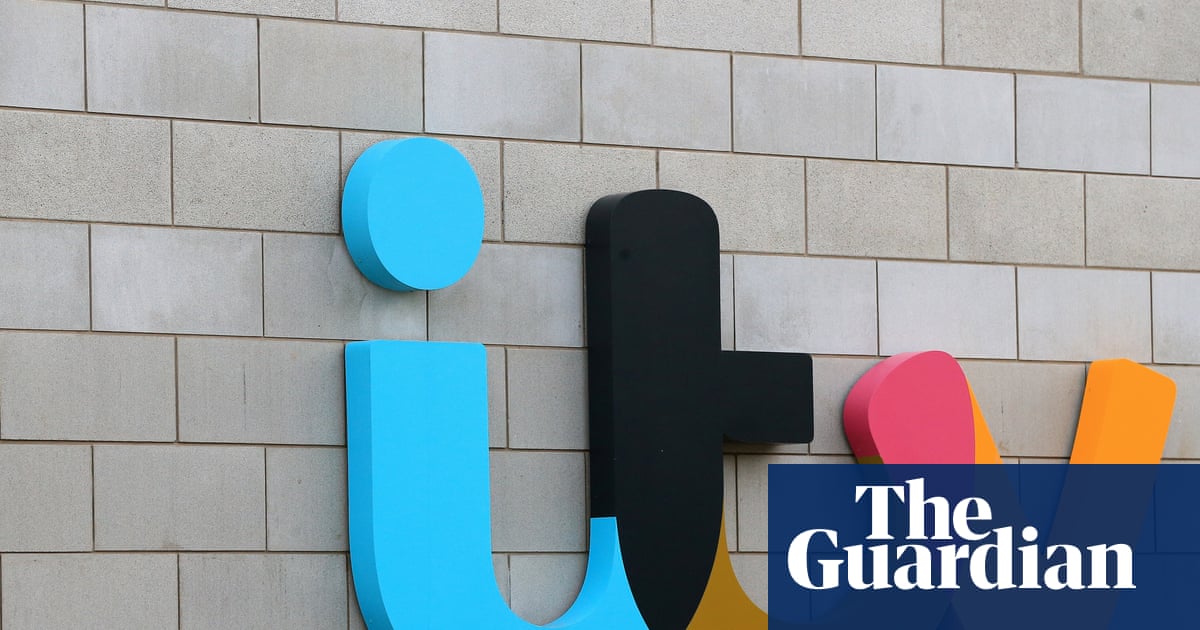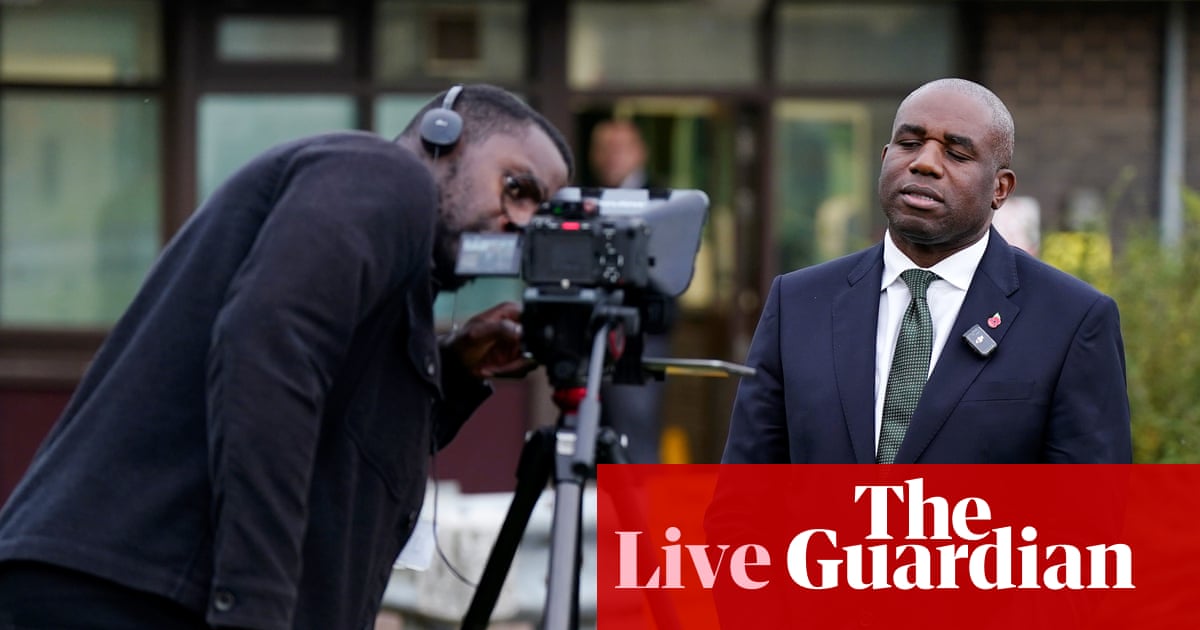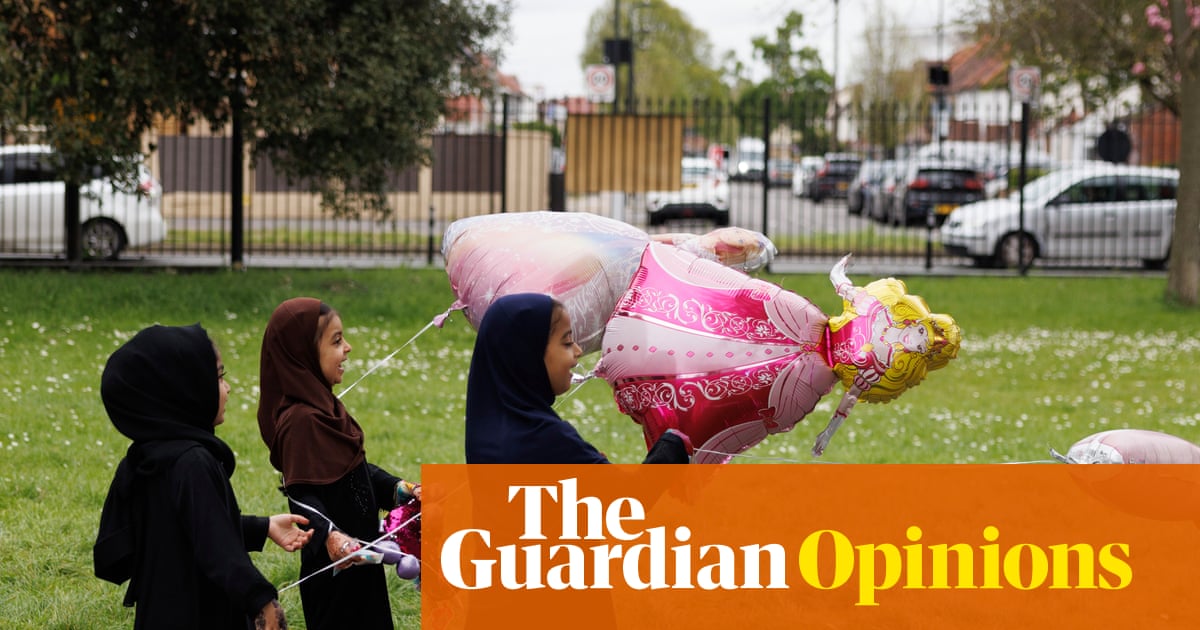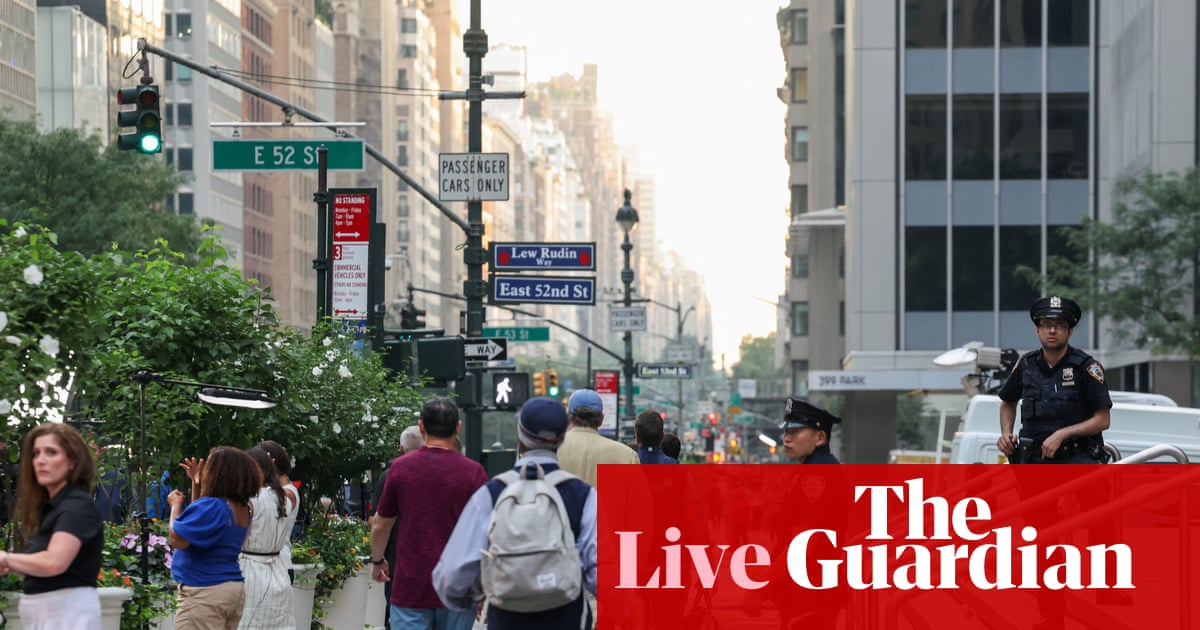It takes the passing of time to fully grasp the scale of the previous government’s vandalism. Think where we would be now had the Tories not dismantled the social programmes they inherited from New Labour, with so many showing rapid progress. Those watching the statistics had a jolt last week when figures from the Office for National Statistics for 2022 seemed to show the second annual rise in teenage pregnancies in England and Wales, after a decade of falling rates.
This may turn out to be the result of pandemic distortions in the previous year, when numbers dropped due to teens not meeting. The next figures may return to the previous trajectory, but that’s still a sluggish rate of falling teenage conceptions and it throws into stark perspective how far Britain lags behind similar countries. The UK now has the 22nd-lowest teenage pregnancy rate out of the 27 EU countries and us. Many of these countries’ rates are falling faster, while ours lags, largely due to our exceptionally high level of inequality. Had New Labour’s remarkable programmes around social exclusion been doing their work through these wasted Tory years, we may no longer be such a social laggard of the western world.
It’s worth recounting what was lost. As soon as Labour came to power in 1997, it founded the social exclusion unit, with 18 taskforces pursuing the causes of deprivation. Truancy, bad housing, juvenile crime, debt, mental ill-health, addictions, rough sleeping, school expulsions, youth unemployment and teenage pregnancy each had a dedicated team seeking out social research. Their results were recorded each year in the index of multiple deprivation, an annual Domesday Book of the dispossessed.
In 1997, halving teenage pregnancies was regarded as one of the hardest targets. That type of deeply complex social behaviour seemed beyond the reach of the state. To start with, Labour had to take on the bogus moralising among a particularly nasty cohort of Tories. The outgoing Conservative government had imposed the section 28 ban on schools discussing homosexuality and gave parents a legal right to remove children from sex education. In 1992, Peter Lilley, the minister for social security, sang a ditty about “single mothers who get pregnant just to jump the housing queue”, while John Redwood, the Welsh secretary, castigated single mothers in Cardiff the following year as “one of the biggest social problems of our day” (“The assumption is that the illegitimate child is a passport to a council flat,” he said). Moral blame was an excuse to cut lone parent benefits, a last-minute pre-election trap that Lilley bequeathed to the New Labour government, forcing Labour MPs to carry it out, pledged to stick to Tory spending plans.
What worked was tackling all causes at once, from child poverty to school absence, alcohol use, poor sex education, a lack of access to contraception, mixed messages about sex, dismal future prospects and the impact of spending a childhood in care. Alison Hadley, who led New Labour’s teenage pregnancy taskforce, explains in her book Teenage Pregnancy and Young Parenthood why this matters: young mothers and their children tend to do badly, suffering from higher maternal depressionand higher infant mortality, with children left with a delayed verbal ability and a worse life outlook. What helped was raising the school leaving age, girls staying on until 18, going to college with an array of courses that raise aspirations and an education maintenance allowance paid to the poorest.
Pastoral care at school improved, with school nurses dispensing the morning-after pill. So, too, did sex education. Alcohol use among young people fell. Youth services grew, with Connexions offering 13- to 19-year-olds everything from mental health support to careers advice. School absence rates fell as the curriculum became more flexible and fun, with a wider range of subjects and activities. Sexual health clinics for young people opened, with sessions suiting school hours. All of these were attacked by the moralisers as likely to cause an explosion of young sex. But instead, the opposite happened: the number of young people who said they had had sexual intercourse decreased substantially among boys and girls, and there were fewer conceptions.
When a new government took power in 2010 and axed the programme, so many of these improving indicators went backwards. In the intervening years, teenage pregnancy rates had still been falling, though far more slowly than in comparable countries as so many key services have been lost. Brook’s special sexual health clinics for the young have closed in places such as Wirral, Burnley, Southwark, Liverpool, Lambeth and Oldham. The Connexions youth service was abolished. Schools cut drama, sport, music, arts and technical subjects as Michael Gove’s curriculum reforms sidelined anything but his five-subject Ebaccs. In England, attendance fell and school expulsions rose, as did the off-rolling of pupils who were likely to reduce a school’s results, all reasons for Britain falling so far behind. The poorest places still have the highest rates of teenage pregnancy: there is still a seven-fold difference in rates between well-off and destitute areas.
And those nasty attitudes still lurk on the Tory right among the likes of Danny Kruger, who has called for a return to “normative” family values. The former Tory MP Miriam Cates was forever attacking sex education with grotesque parodies of what was taught. She asked Rishi Sunak at prime minister’s questions if he knew about “graphic lessons on oral sex, how to choke your partner safely and 72 genders – this is what passes for relationships and sex education in British schools”, then demanded he launch an independent inquiry, which he duly did, a month before the last election. What did it take to address the problem? Everything.
But the unit is a hopeful reminder that what was done before can be done again. Today, the education department issues bolder broader sex and relationships education guidance, a good sign, bringing schools closer to encouraging their students to think and talk about relationships, misogyny, pornography, bad influencers and internet threats.
All of this has been recorded by Moira Wallace, a permanent secretary who became the head of the social exclusion unit from 1997 to 2002, who say she “watches like a hawk, not an ostrich” the progress or often backsliding of those programmes. Her recent survey on school absence shows the number of students persistently missing is rising sharply, linked to multiple bad outcomes, especially teenage pregnancy. Not everything in her social exclusion unit hit its goal, but many areas did, with action on teenage pregnancy exceeding its target, and youth employment, rough sleeping and early years metrics among other notable successes. The unit’s ambition propelled an optimism about what can be done. Lessons to be learned? Nail down improvements in the public mind, so no future government dares commit such social sabotage again.
-
Polly Toynbee is a Guardian columnist

 3 months ago
190
3 months ago
190







